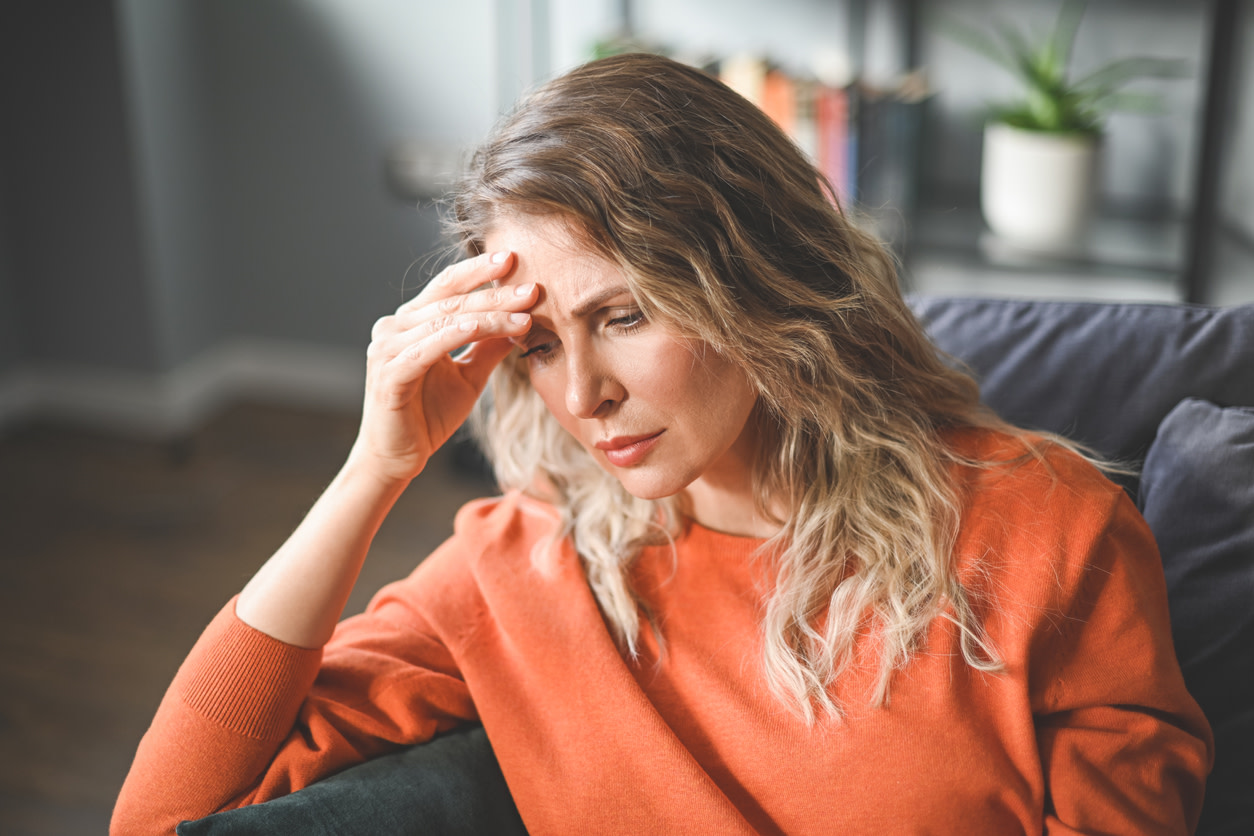Menopause headaches: causes, symptoms, and treatments
Discover what menopause headaches are, what causes them, and treatments including exercises and self-care.
$0 cost to you
Published Date: Oct 15, 2025
Table of Contents
Exercises for menopause headaches
Want expert care? Check if you're covered for our free program →- Head turns
- Head tilts
- Seated levator stretch
- Chin tucks
- Scapular squeezes
- Scapular clocks
- Open book rotations
- Seated cat cow
- Diaphragmatic breathing
